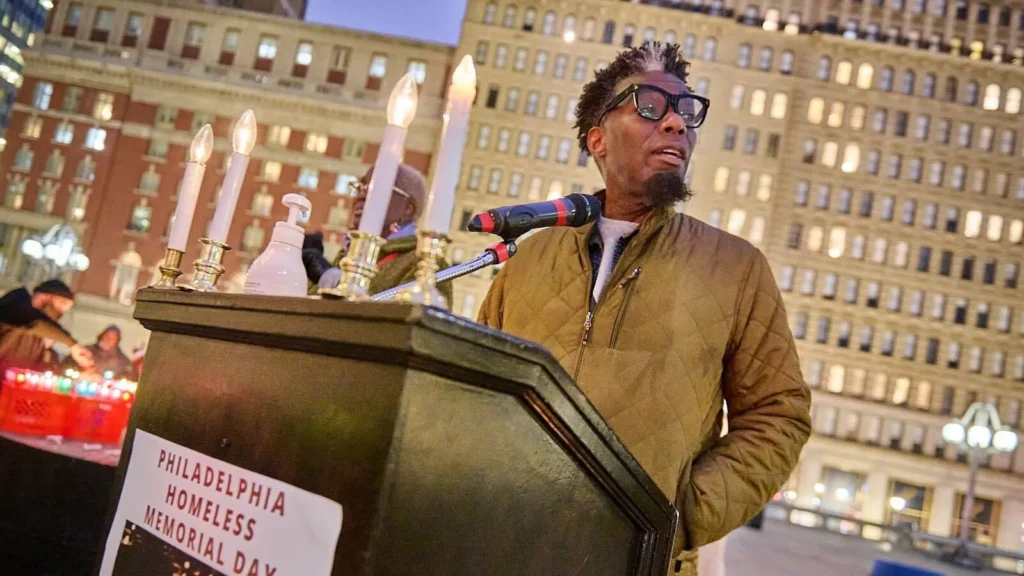How many of us took Boyfriend 101 in school? I bet the number is low. (Drunken, late nights experimenting with other boys don’t count). We plan for our education and prepare for our careers, yet when it comes to relationships some of us give more conscious thought to buying a new pair of jeans. I often meet men who say they want a relationship and yet have few skills and limited awareness about how to create it. It seems many of us gay men know little about emotional exchange, vulnerable disclosure, or power struggles. If we want good relationships, then we have to ask ourselves, what is healthy relating and how do we nurture it in our lives?
There are no easy answers to these questions. The answers vary depending on personal investment, how you define relationship, and your style of relating. We each have our own unique history and set of needs that must be negotiated once in relationship. How we negotiate these needs is influenced by our styles of relating – or more appropriately named, style of attachment.
When I entered my first serious relationship so many years ago, I quickly realized how unprepared and unaware I was at making it work. The struggles and disappointments from that relationship surprised me. How is that I could have been so clueless? Was it me? Was it him? Was it both of us? The relationship was difficult; it ended sourly. I’m still learning from my mistakes today.
Over the years, I’ve made it a focus of mine to research relationships and good relating. I can’t say that I’m an expert, but I can say that I’ve stumbled upon some helpful ideas. If men only learn one idea about relationships, I hope they learn about the nature of attachment – better known as attachment theory.
Attachment theory proposes that there are actual categories and predictable styles of relating. Two common styles that also exist as polarities are named Distancer and Pursuer. Although Distancer and Pursuer might sound like rock bands, they are actually labels describing the direction of one’s emotional energy in relation to the object of desire (your boyfriend).
The understanding is pretty elementary based upon the definitions of the words themselves. The Distancer resists emotional advancement, retreating from intimate exposure – distancing. The Pursuer is all about advancement, initiating connection, and taking risks of intimacy – pursuing.
So if these styles are metaphorical rock bands, the song lyrics of the Distancer is "Don’t get too close to me or I will feel smothered and die!" and for the Pursuer, "Don’t leave me or I will feel abandoned and die!" Now keep in mind that I am speaking in extremes for the sake of making a point. Most of us fall somewhere in between the two poles, not on the pole itself (there is a gay joke in there somewhere).
The Distancer/Pursuer styles of relating are not meant to be ideal templates for healthy relating. In fact, these styles create less than healthy relationships. The styles are the result of past wounds and fears usually from childhood or previous hurtful relationships that surface during times of stress, transition, or crisis. When we feel unsafe in relationship or mistrust our partner, it is not uncommon to respond from a fear-based place. Our preferred style kicks in, informing how we react. Mindlessly reacting as the Distancer or Pursuer feels like being controlled, as if you are a puppet to your own fear or painful past.
Fear triggered in one partner usually triggers fear in the other partner and a painful cyclical dance of avoidance and missed connections follows. This dance can take place over the course of an evening or continue on for a lifetime. For some men, this is the only way they know how to relate; for most of us, the good news is that we have other styles of relating available to us.
The Distancer/Pursuer model is based on dependency. Either I am dependent on you not getting too close or dependent on you not going too far away. The best way to break this unhealthy pattern is to focus not on your boyfriend but on your self. Now everybody repeat after me, "Focus on your self!" Focus on your independence or individuality within the relationship. Notice how you lose your sense of self when preoccupied with whether he is too close or too distant – whether he is out with friends or at home, whether he will call tonight or forget, whether he will hold your hand in the movie or fall asleep.
Our crazy culture with all its embarrassing love songs, sappy Hallmark greetings, and idealized marriage commitments all boast a false romantic notion of becoming ONE. It is this very idea that has confused partners and ruined many relationships. The Distancer/Pursuer styles of relating thrive on this ONE crap.
The best relationships are not those of fused lovers glued together at the hips, but of men who live separate lives, maintain unique identities, and then choose to connect with their partner while keeping healthy boundaries. And what are healthy boundaries you ask? Well that’s another Oprah.
I Googled "lyrics without you" and found these lyrics by Kimberly Locke of past American Idol fame, "Without you, where do I belong? Without you, how can I go on? Tell me how am I supposed to live my life without you?" Oh lord the drama!
The Distancer/Pursuer model of relating is underscored with drama and usually ends up as a romantic tragedy. The idea of a soul mate that cannot live without you might sell record albums and appeal to the needy part of you (a part we all have), but that belief does not help sustain healthy relationships. The truth is that healthy relating brings less drama, can be ordinary or boring, and even (gasp) disappointing. Who wants to hear that song? "When I’m with you I have healthy boundaries. When I’m with you I stay differentiated. When I’m with you I feel ordinary."
The Distancer/Pursuer understanding can be very helpful for monitoring when you have lost your self in relationship, when you’ve become ONE. When the feelings of dependency kick in, it means you’ve put your life on hold and are too preoccupied with your boyfriend. Noticing when you fall into this pattern can prevent a future train wreck.
Also understanding these styles of relating is helpful to single men looking for a beau or beginning to date. It is not uncommon to be attracted to someone who is the opposite of your preferred style. So Distancers are usually attracted to Pursuers and vice versa. When starting to date notice how your style gets triggered, which is a good indication you’re feeling fear or unsafe. A simple antidote to this fear is to remind yourself that you do not need him, but choose to be with him (or not). Hopefully that antidote will help create some clarity as you sort through your feelings.
Now go out there and love each other!
Alan Robarge is a Philadelphia-based Psychotherapist in private practice. Learn more at www.alanrobarge.com or send an email to alan@alanrobarge.com






